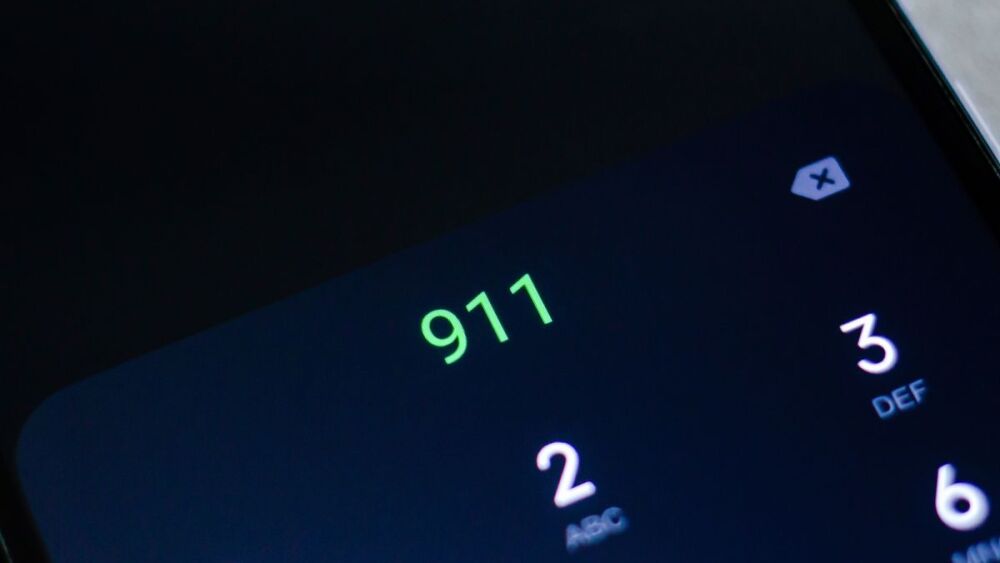By John Simerman
The Times-Picayune | The New Orleans Advocate
NEW ORLEANS — Before dawn on Lundi Gras, the city’s 911 center dispatched a fire truck to handle a standard emergency call: a telephone pole reported on fire near City Park.
It was true. Sparks from what sounded like an explosion lit up Orleans Avenue, neighbors said.
The embers, though, fell near a Corvette that had crashed, lost its roof and come to rest on a lawn. Bobby “Big B” Ferrell was gushing blood and breathing slow, pinned behind the car’s mangled front end.
In her pajamas and slippers, Monica Munoz rushed outside and held a towel to his bleeding neck. She shouted directions to a man who relayed them to a 911 call-taker over the phone, she said.
“I was very specific that the first thing we needed was a fire truck with the jaws of life,” Munoz said, referring to hydraulic rescue tools. “‘Extricated.’ I said that word three times.”
Yet the dire crash scene came as a surprise to New Orleans firefighters who arrived more than 10 minutes later on an ill-equipped truck. At that point, no ambulance was coming.
Several witnesses had called 911 to report a bad wreck, but lapses by call-takers and a dispatcher left rescuers flat-footed, according to a Fire Department report and a timeline from an internal review by the Orleans Parish Communications District. Ferrell died four days later, a day before his 26th birthday.
It was the most recent in a series of fumbled 911 calls that had the district’s executive director, Tyrell Morris, playing defense Tuesday before a joint City Council committee.
City Council President Helena Moreno grilled Morris over what she described as a high volume of complaints over the district, which handles 911 and 311 calls in the city. They include instances “where first responders were sent to the wrong location, or were misinformed about the emergent situation, or were not dispatched at all,” Moreno said.
Morris, named by Mayor LaToya Cantrell to head the district in 2018, blamed a since-fired call-taker for what he described as the most flagrant of the recent incidents that Moreno raised: A blown response to the shooting last month of 15-year-old Warren Easton student Tyler Ellis.
Morris said the call-taker in that case “inadvertently transposed digits into a street address,” sending emergency crews to a block more than two miles away. By the time police arrived, Ellis’ mother had driven him to the hospital, where he died.
Morris called it “one of the most heartbreaking situations, where I can say (it’s) an embarrassment to the organization.”
“It does not speak to the high levels of service we provide on a regular basis,” he said. “I don’t know if there’s any system available today to fully eliminate the call-taker making an error there.”
Morris did not immediately address the Corvette crash or another incident last month in which 911 dispatchers reportedly underplayed a serious injury wreck. He told Moreno he would report back on those incidents.
In the Corvette crash, however, an internal review found that four call-takers and one dispatcher failed to comply with district policies and procedures during the response. Call-takers failed to document urgent new reports on the wreck, and a dispatcher incorrectly changed the call type while failing to tell firefighters of a car accident.
Morris cited human error for a failure to dispatch firefighters for nearly an hour to a reported blaze in January inside the Esplanade at City Park apartments. He said a call-taker in that case clicked the wrong button, clearing the incident. Morris said the district has tweaked the program to avoid the same error.
In another incident, a foreign-language interpreter falsely accused a 911 caller of faking having been shot. Morris defended the district’s use of a contracted interpreter service, however, saying it followed national “best practices,” though he said the interpreter no longer worked there.
He also pointed to the district’s workload, and a recent increase in 911 call volumes amid staffing woes. He said the district is short about 35 people but expects to field a new recruit class of two dozen next month.
Morris displayed figures showing average monthly 911 calls rose from about 40,000 in 2022 to about 45,000 last year, an increase he credited to the city’s comeback from COVID-19.
Still, he argued that the district had turned around key performance metrics, such as the share of calls answered within 15 seconds. He said the department reached the 90% benchmark last month for the first time in more than a year.
But on Orleans Avenue, the waiting seemed interminable as Ferrell remained trapped in the Corvette and minutes passed with no help. Munoz’s friend, Eva Alito, said she ran home to call 911 from her landline, hoping for better luck.
“It was frustrating. I thought, ‘Wow, it’s Mardi Gras, they’re busy,’” she said.
Still hearing no sirens, Alito put more faith in her feet, sprinting in the dark for the firehouse on Carrollton Avenue, four blocks away. She said she made it three blocks before seeing a fire truck finally pull out of the station.
Munoz stood with a towel on Ferrell’s bleeding neck, wondering.
“I kept saying, ‘Where are they? Why are they taking so long?’”
___
(c)2023 The Times-Picayune | The New Orleans Advocate
Visit The Times-Picayune | The New Orleans Advocate at www.nola.com
Distributed by Tribune Content Agency, LLC.












